Company Updates
Ready to Serve: How Instacart’s Access Can Help Address Food Security and Nutrition Challenges
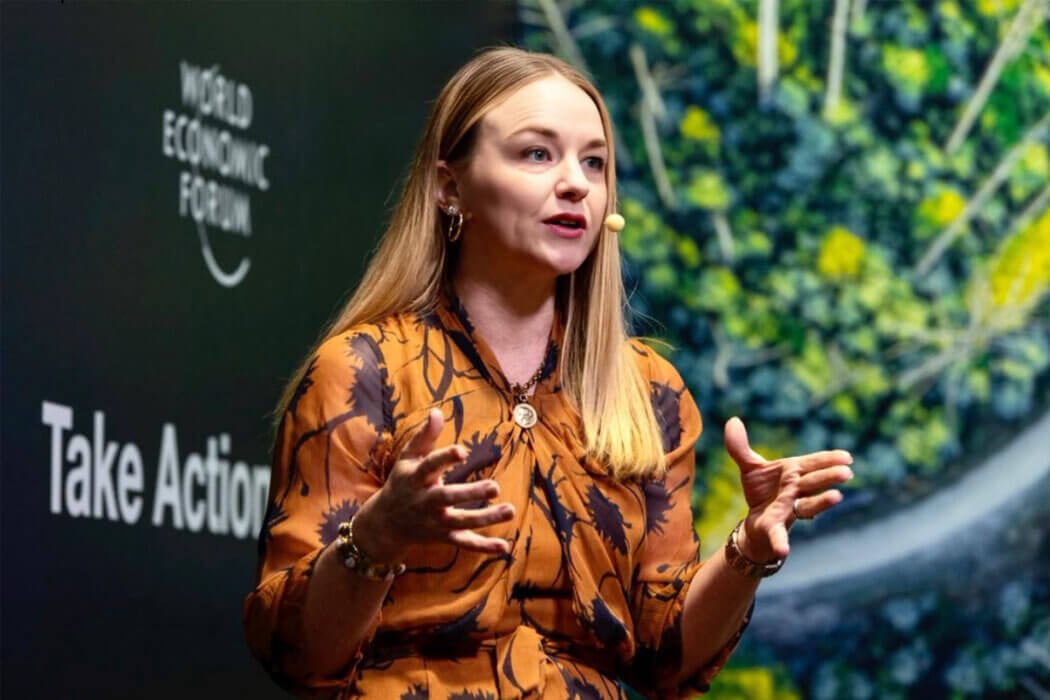
Last week, I had the privilege of attending the annual meeting of the World Economic Forum (WEF) in Davos.
Instacart is part of the WEF’s Global Innovators Community, and I was proud to lead our team as we met with other leaders and organizations working to tackle some of today’s biggest global challenges — including food and health.
As part of our participation, Instacart was invited to speak at a WEF session called “Feeding 10 Billion: How Will We Eat in 2050?” I was joined by the CEO of Greenlabs, a South Korean company that’s created a digital platform for agriculture, and the President and CEO of Ÿnsect, a French company pioneering the next generation of proteins.
Together, we discussed the challenges the world will face as we try to feed a growing population. And we talked about how change needs to happen at every step of the global food supply chain — from the lab, to the farm, to the kitchen table.
Over the last 10 years, Instacart has existed at the intersection of food, family, and health. That’s why, last year, we announced Instacart Health — a sweeping new initiative that’s leveraging our products, platform, partnerships, and policy work to help more people live healthier lives.
Instacart Health focuses on several areas where we believe we can make the biggest difference, but everything starts with access. For most families, access requires a few key things:
Affordability – “Can we pay for it?”
Our goal is to help more people put more food on the table — which is especially important at a time when food costs are on the rise. That’s why we’ve helped retailers across the country bring SNAP benefits online, giving more people more ways to pay for groceries.
We’ve also learned that online grocery shopping really can make a difference. A study we conducted with No Kid Hungry and the University of Kentucky found that low-income families who shop online with Instacart purchased more fruits and vegetables compared to those who shopped in-store, without increasing their total grocery bill.
Accessibility – “Can we get it easily?”
In the face of higher costs, more families are having to make tough choices about things like transportation and childcare — leaving them less time to go to the grocery store.
That’s why Instacart’s infrastructure and scale is so important. Today, we can access more than 95% of U.S. households, including 93% of people living in food deserts. With Instacart, all of these people and families can now get fresh, healthy, nutritious food delivered in less than two hours. A decade ago, that would have been impossible.
Approachability – “Will we eat it?”
Our CEO, Fidji Simo, likes to say that we’re pragmatic technologists at Instacart — meaning that our technology has to work for real people, and solve real problems.
As the mother of a 6-year-old and 3-year-old, I can tell you that if food doesn’t look good and taste good, it’s not going to get eaten in our house. And while most of us aren’t quite as picky as kids, we are creatures of habit — with traditions, household routines, and cultural norms.
That’s why Instacart isn’t trying to force people to change those things. Instead, we want to make it easier for people to get inspired, make healthier choices, and bring more nutrient-dense foods home.
Last year, for example, a social media food influencer called “Baked by Melissa” posted a salad recipe that went viral on TikTok. Immediately afterwards, orders for the ingredients in that recipe tripled on Instacart. If we can make it easier for more people to find nutritious foods and recipes like these, we can meet people where they are and tackle nutrition in a sustainable way.
Ready to Serve
We launched Instacart Health with the White House Conference on Hunger, Nutrition, and Health in September, 2022. Over the last few months, we’ve seen companies across the industry put incredible effort, focus, and momentum behind sustainable, accessible nutrition. We’re collaborating, getting creative, and doing things together we never would have done before.
I expected plenty of talk at Davos. But what has surprised me more than anything is how quickly that talk has started to turn into action. It makes me optimistic that we can begin solving problems we’ve been working on for decades — and more confident than ever that technology is ready to meet the moment.
I want to thank the WEF team for giving the issue of food security and nutrition the attention it deserves. Instacart is proud to be at the table, and we stand ready to serve.
Most Recent in Company Updates
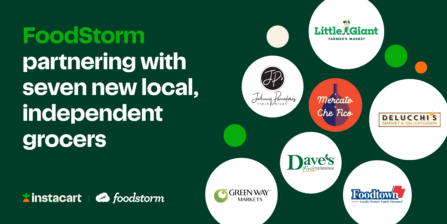
FoodStorm
Helping Local Independent Grocers Streamline Their Catering and Prepared Foods Businesses
Over the past few years, FoodStorm - our order management system (OMS) designed specifically to help grocers manage their deli, prepared foods and catering - has seen remarkable growth. And today, we’re excited to share…...
Apr 24, 2024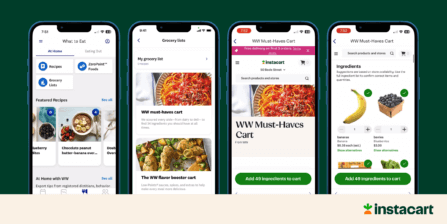
Company Updates
Making Nutritious & Delicious Choices Easier with Instacart and WeightWatchers
New WeightWatchers integration with Instacart unlocks ability to browse ‘Points’-friendly recipes, shop for ingredients, and get everything delivered to your door - now live in the WeightWatchers app In the hustle of everyday life, making…...
Apr 17, 2024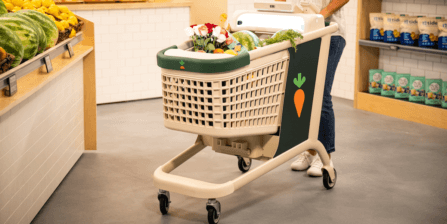
Caper
Why Smart Carts Are the Winning Technology Format for Grocers
One of the most common misconceptions about smart carts is that they only serve as an alternative to self-checkout. However, the real magic behind a Caper Cart, our AI-powered smart cart, is the digital screen.…...
Apr 9, 2024

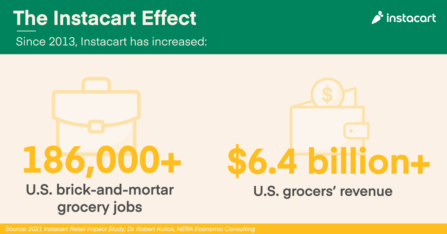 Instacart’s Impact on America’s Grocery Industry, by the Numbers
Instacart’s Impact on America’s Grocery Industry, by the Numbers 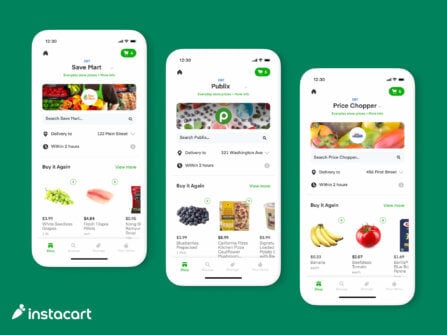 Breaking Down Barriers to Food Access with EBT SNAP Expansion
Breaking Down Barriers to Food Access with EBT SNAP Expansion  Beyond the Cart: A Year of Essential Stories
Beyond the Cart: A Year of Essential Stories 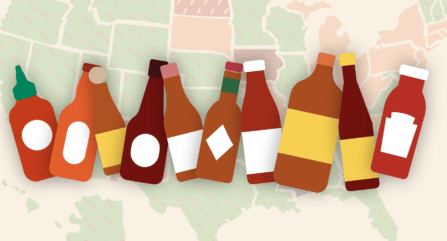 A Hot Take on America’s Favorite Hot Sauces 🌶
A Hot Take on America’s Favorite Hot Sauces 🌶  JuJu Smith-Schuster: What’s in my Cart?
JuJu Smith-Schuster: What’s in my Cart?  Introducing the First-Ever Instacart Emerging Brand List
Introducing the First-Ever Instacart Emerging Brand List 
